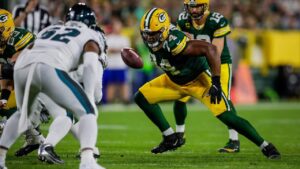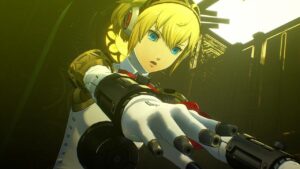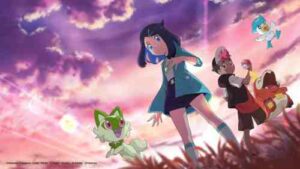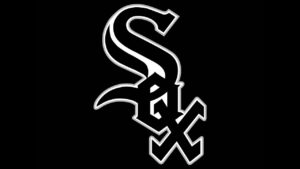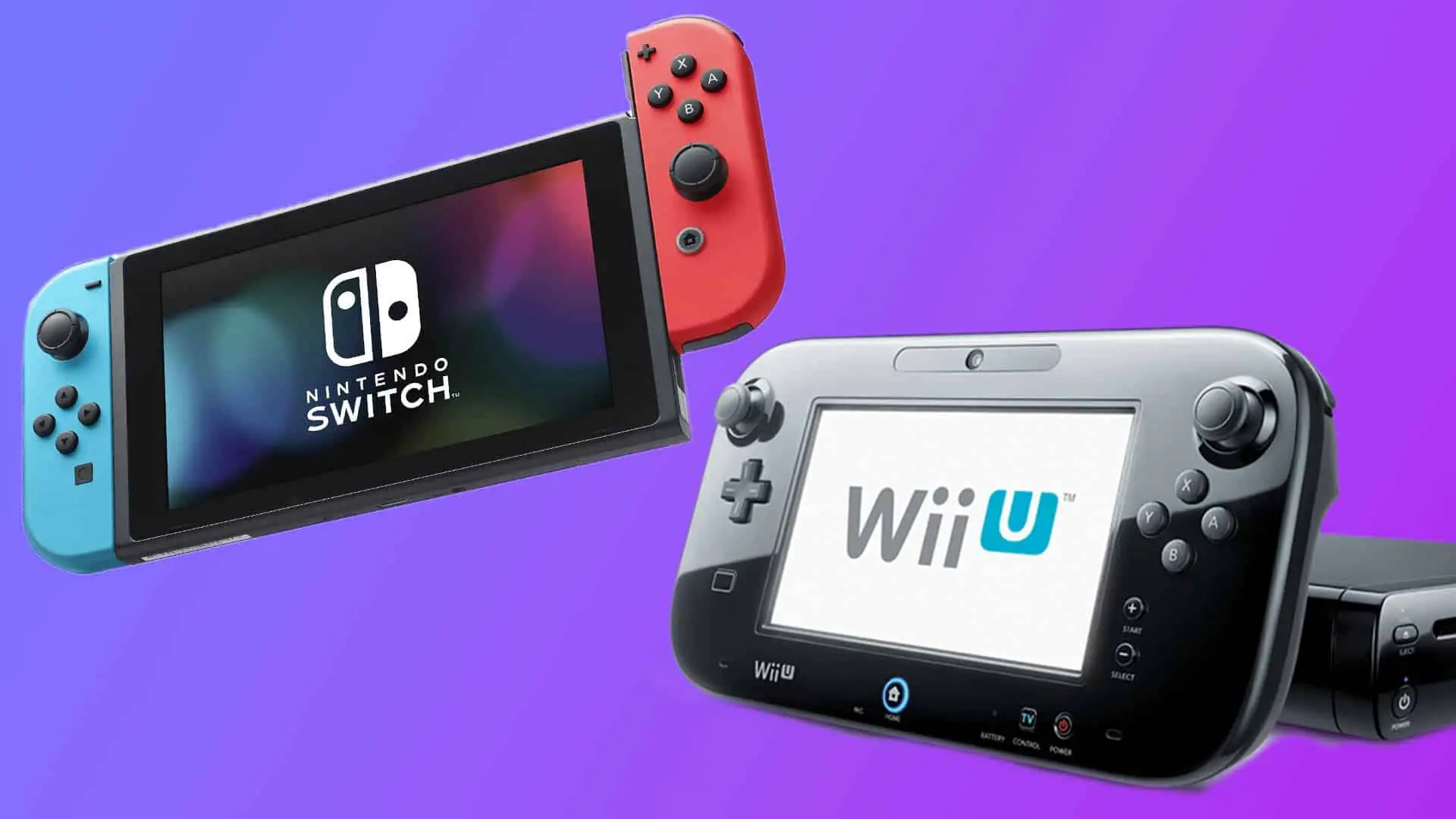
With talks of “The Legend of Zelda: Tears of the Kingdom” being Nintendo’s last “major” release for the Nintendo Switch, the handheld gaming titan’s next console announcement may be right around the corner. With the new, it is always nice to reflect back on the old. However, it may not be a positive experience to reflect back on what preceded the dominating success that is the Nintendo Switch: the forgotten failure of the Wii U.
For reference, the Wii sold over 101 million units during its lifespan until its formal discontinuation in 2013. Conversely, the Wii U – intended to take the Wii’s place – sold only 13 million consoles. Next, the Nintendo Switch released in 2017 and has sold over 125 million units, as of March 2023.
What happened to the Wii U? After watching Nintendo’s massive hit with both the Wii and Switch, why did the Wii U fumble and flounder the way it did?
The Successor to Massive Success
When the Wii released, there was no other console quite like it – an unconventional controller paired with never-before-utilized motion controls. It encouraged gamers to move around – rather than a sedentary style of play – and was heavily advertised to family demographics.
After the monumental success that Nintendo raked in, it is no wonder why the company wanted to essentially recreate it. Or, at the very least, the idea of it.
Thus, the Wii U: an attempt to create a hybrid gaming system that blended playing handheld and on a TV screen. Though, even at its foundational level, the Wii U was flawed and lacking.
Nintendo marketed the Wii U as a mixture of both a handheld and console gaming system through its large GamePad controller; this idea wasn’t entirely accurate as the Wii U had to be connected to a home console system to work in handheld mode, so the GamePad did not have a reach much farther than the living room sofa. Whereas the Nintendo Switch truly is a portable gaming console, the Wii U’s GamePad was only a controller for the primary, stationary console.
Same Name, Same Thing?
The marketing decisions behind the Wii U were confusing at their best and worst. General audiences did not have a clue as to what the Wii U really was. Was it an extension or add-on to the preceding Wii? Was it its own console entirely?
The decision to give the successor to the Wii a nearly identical name surely did not grant it any favors. Young children did not hold favorable odds at winning over their parents to buy them the brand new Wii U when they already had a Wii at home.
To put it bluntly, the majority of people automatically assumed the Wii U was basically just the Wii…again.
Not to mention, the console arrived at what was essentially the worst possible time.
Not Ready for the “Next Generation”
The Wii U was Nintendo’s next big console; unfortunately, Nintendo wasn’t the only one releasing its new generation in 2013, and they had no foothold in the market. The Wii U launched alongside Sony’s PlayStation 4 and Microsoft’s Xbox One. Although the Wii U was definitely a step-up – hardware-wise – from both Sony and Microsoft’s respective PlayStation 3 and Xbox 360, it paled in comparison to the “next generation” of gaming it stood alongside.
Small amounts of third-party support from other developers and publishers also contributed greatly to the Wii U’s lacking appeal. Yes, Nintendo excels with their first-party games; even then, the Wii U didn’t have many of those either.
The Wii U’s final first-party release was “The Legend of Zelda: Breath of the Wild.” That is an impressive send-off for a console, and easily overshadowed by the fact that the game was also a launch title for the Nintendo Switch. The Wii U version sold approximately two million copies while the Switch version sold 29 million. Now, practically every game available on the Wii U is also available on the Switch.
The Switch released unopposed in 2017 and has received tremendous third-party support from many avenues – Sega, Square Enix, Capcom, Bethesda, Ubisoft and even smaller, independent developers – which granted the console more than enough leeway to skyrocket the way it has.
All in All: Great Ideas, Poor Execution
The Wii U was, in a way, the Nintendo Switch – before the latter could be fully realized, technologically speaking. It was an amalgamation of problems: poor marketing, hardware that couldn’t hold up against its competitors and a poorly timed release in comparison. At the same time, the blueprint and ideas behind what would later become the Switch are plain to see in the Wii U. What Nintendo was aiming for just wasn’t quite there yet.
If the failure of the Wii U had to happen in order for the Nintendo Switch to prevail, then it was a necessary stepping stone in the grand scheme of things.
Featured Image Courtesy of IGN.
Stay Connected!
You can find more pieces like ”The Failure of the Wii U” and you can “Like” The Game Haus on Facebook and “Follow” us on Twitter for more sports and esports articles from other great TGH writers along with Emma!
“From Our Haus to Yours”
- SEO Powered Content & PR Distribution. Get Amplified Today.
- PlatoData.Network Vertical Generative Ai. Empower Yourself. Access Here.
- PlatoAiStream. Web3 Intelligence. Knowledge Amplified. Access Here.
- PlatoESG. Automotive / EVs, Carbon, CleanTech, Energy, Environment, Solar, Waste Management. Access Here.
- PlatoHealth. Biotech and Clinical Trials Intelligence. Access Here.
- ChartPrime. Elevate your Trading Game with ChartPrime. Access Here.
- BlockOffsets. Modernizing Environmental Offset Ownership. Access Here.
- Source: https://thegamehaus.com/gaming/the-failure-of-the-wii-u/2023/08/14/?utm_source=rss&utm_medium=rss&utm_campaign=the-failure-of-the-wii-u
- :has
- :is
- :not
- $UP
- 125
- 13
- 2013
- 2017
- 2023
- a
- accurate
- Add-on
- After
- against
- Aiming
- All
- along
- alongside
- already
- also
- Although
- always
- amounts
- an
- and
- Announcement
- any
- appeal
- approximately
- ARE
- around
- articles
- AS
- assumed
- At
- audiences
- automatically
- available
- avenues
- back
- Basically
- BE
- become
- before
- behind
- being
- BEST
- Big
- both
- brand
- Brand New
- Breath
- buy
- by
- CAN
- Children
- company
- comparison
- competitors
- confusing
- connected
- Console
- console gaming
- consoles
- contributed
- controller
- controls
- conversely
- copies
- Corner
- could
- create
- decision
- decisions
- definitely
- Demographics
- developers
- DID
- during
- easily
- either
- encouraged
- Enix
- enough
- entirely
- esports
- essentially
- Even
- Every
- experience
- extension
- fact
- Failure
- family
- favorable
- favors
- final
- Find
- flawed
- For
- forgotten
- formal
- from
- fully
- game
- Gamepad
- Gamers
- Games
- gaming
- gaming console
- General
- generation
- Give
- grant
- granted
- great
- greatly
- had
- happen
- happened
- Hardware
- Have
- heavily
- Hit
- hold
- Home
- However
- HTTPS
- Hybrid
- idea
- ideas
- identical
- IGN
- image
- impressive
- in
- independent
- intended
- IT
- ITS
- jpg
- just
- lacking
- large
- Last
- later
- launch
- launched
- least
- Level
- lifespan
- like
- living
- Majority
- many
- March
- Market
- Marketing
- massive
- May..
- mention
- million
- mixture
- Mode
- monumental
- more
- motion
- move
- much
- name
- nearly
- necessary
- New
- next
- nice
- Nintendo
- Nintendo Switch
- no
- now
- Odds
- of
- Old
- on
- ONE
- only
- or
- order
- Other
- over
- own
- paired
- parents
- People
- pieces
- Place
- Plain
- plato
- Plato Data Intelligence
- PlatoData
- Play
- playing
- playstation
- Playstation 4
- poor
- positive
- possible
- practically
- primary
- problems
- publishers
- put
- rather
- reach
- ready
- realized
- really
- received
- reflect
- release
- released
- releasing
- respective
- right
- Room
- same
- scheme
- Screen
- see
- SEGA
- skyrocket
- smaller
- So
- sold
- Sony
- speaking
- Sports
- square
- SQUARE ENIX
- stepping
- STONE
- style
- success
- support
- surely
- Switch
- system
- Take
- Talks
- than
- that
- The
- their
- Them
- then
- There.
- they
- thing
- things
- third-party
- this
- those
- though?
- Through
- time
- Timed
- Title
- to
- tremendous
- truly
- tv
- two
- Ubisoft
- unconventional
- unfortunately
- units
- until
- us
- version
- very
- wanted
- was
- watching
- Way..
- were
- What
- when
- whereas
- which
- while
- why
- Wild
- winning
- with
- Work
- Worst
- would
- xbox
- Xbox One
- yes
- yet
- you
- young
- zephyrnet









